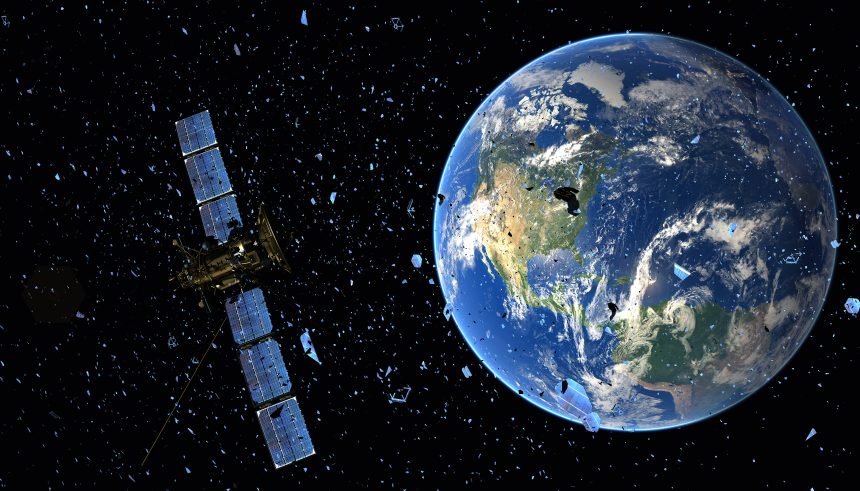The astronomical world is alarmed by the recent disastrous meeting between an inoperative satellite and orbital junk, which has brought attention to the urgent and growing problem of space debris. This incident has brought attention to the immediate risks posed by orbiting debris and has highlighted the urgent need for comprehensive policies to be put in place for both space traffic management and debris mitigation.
The Accidental Collision
A terrifying event occurred when a satellite that had been in operation but was now considered space junk impacted quickly with another piece of debris. This incident caused the satellite to significantly fragment, contributing to the thick cloud of debris that surrounds our planet. These kinds of events pose a danger not just to the International Space Station (ISS) and satellites’ capacity to operate normally, but also to the future viability of space missions.
The Growing Problem of Space Debris
The build-up of space debris, which includes dead satellites, rocket stage remains, and fragments from previous crashes, is a major risk to countries sending spacecraft into orbit. The near-Earth area is becoming riskier for both new and ongoing satellite operations since hundreds of thousands of these objects are circling the Earth at incredible speeds.
The Danger to Satellite Operations
This latest collision emphasizes how vulnerable satellite equipment is to space debris threats. There is a greater chance that satellites, which are essential for scientific research, communication, navigation, and weather forecasting, may be damaged or destroyed. Such events have consequences that go beyond hardware loss; they might interfere with global communication networks, impact geographical and climatic measurements, and result in significant financial losses.
The Need for Space Traffic Control
The event emphasizes how important it is to have a strong space traffic control system. The likelihood of collisions increases as the orbital domain becomes more crowded daily. To prevent any accidents and guarantee the safe and sustainable use of space, it is essential to use extensive monitoring, surveillance, and predictive analytics.
International Collaboration and Debris Removal
Fighting space debris requires a concerted multinational effort and a dedication to following the rules for debris reduction. Important steps to safeguard the space environment include reaching an agreement on the proper disposal of satellites, creating technology to remove trash, and devising collision-avoidance plans to stop the creation of new junk.
Prospective Business Projects
Experts are urging swift action and teamwork to address the space debris problem. Innovative debris extraction methods, like as deorbiting technology and capture mechanisms, as well as legal and administrative frameworks, are critical to maintaining the long-term viability of space endeavors. The latest collision serves as a wake-up call, pressuring the global community to take the issue of space debris seriously.
Final Thoughts
The collision with a large, now-defunct satellite highlights how urgent it is to solve the growing issue of space debris. It emphasizes how important it is to develop effective space traffic management systems, promote global cooperation on debris reduction, and provide funds for technology targeted at cleaning the orbital area. Ensuring the lifespan and safety of space operations is essential to the continued exploration and use of space.








